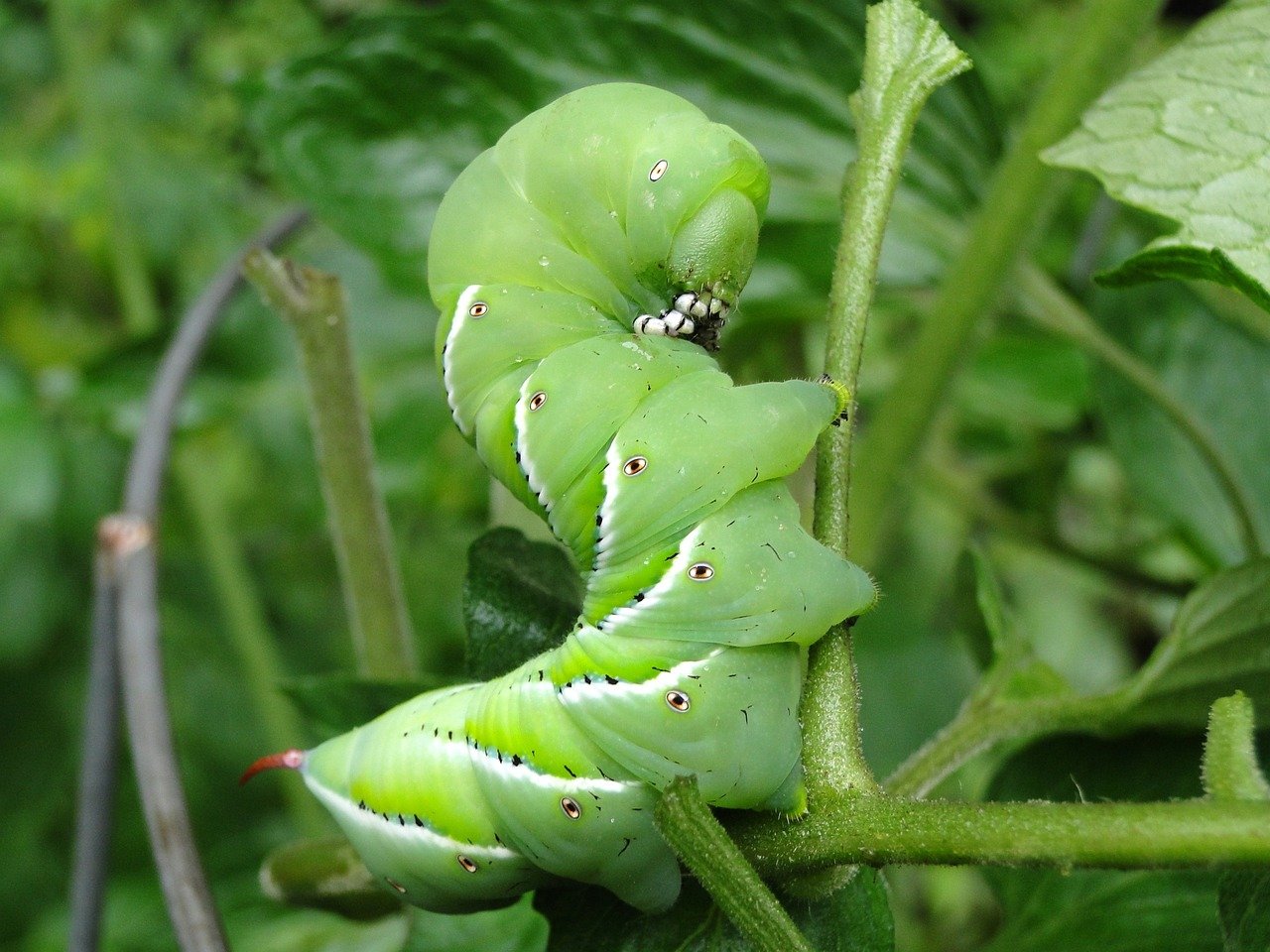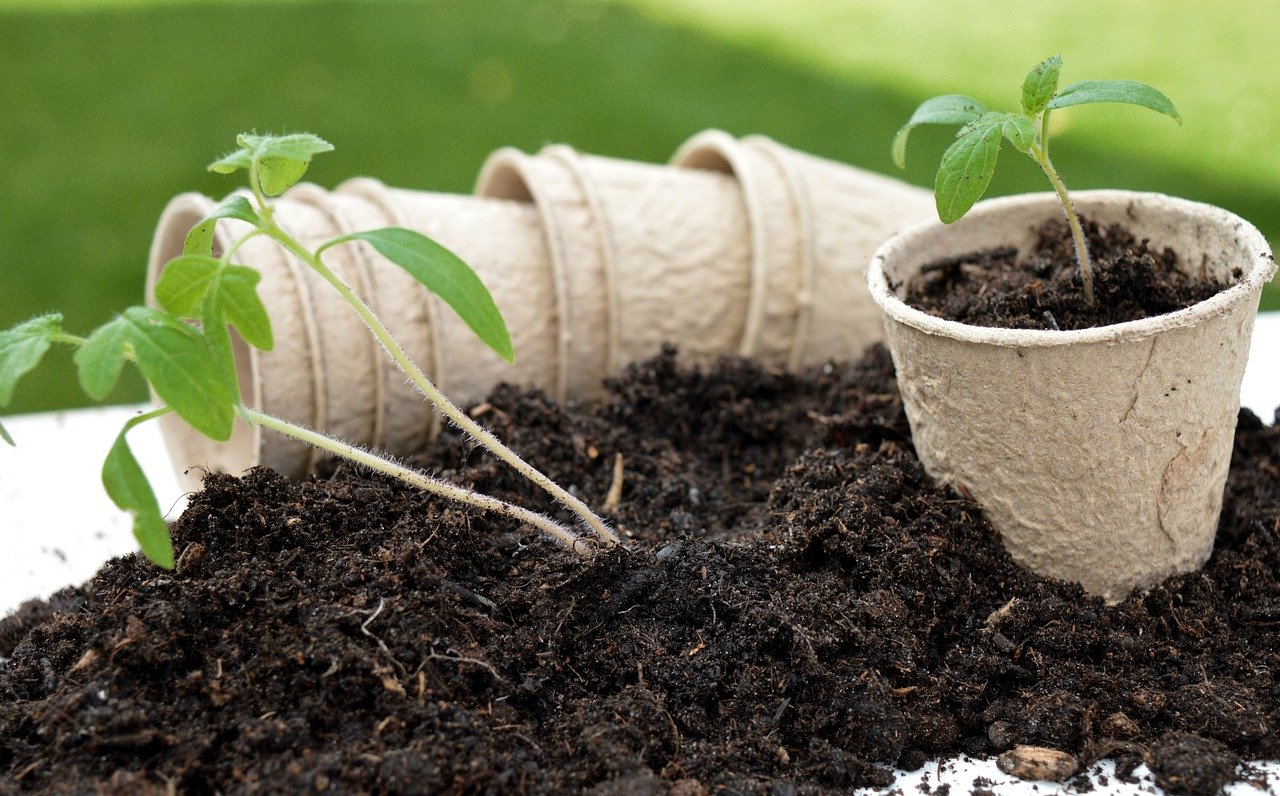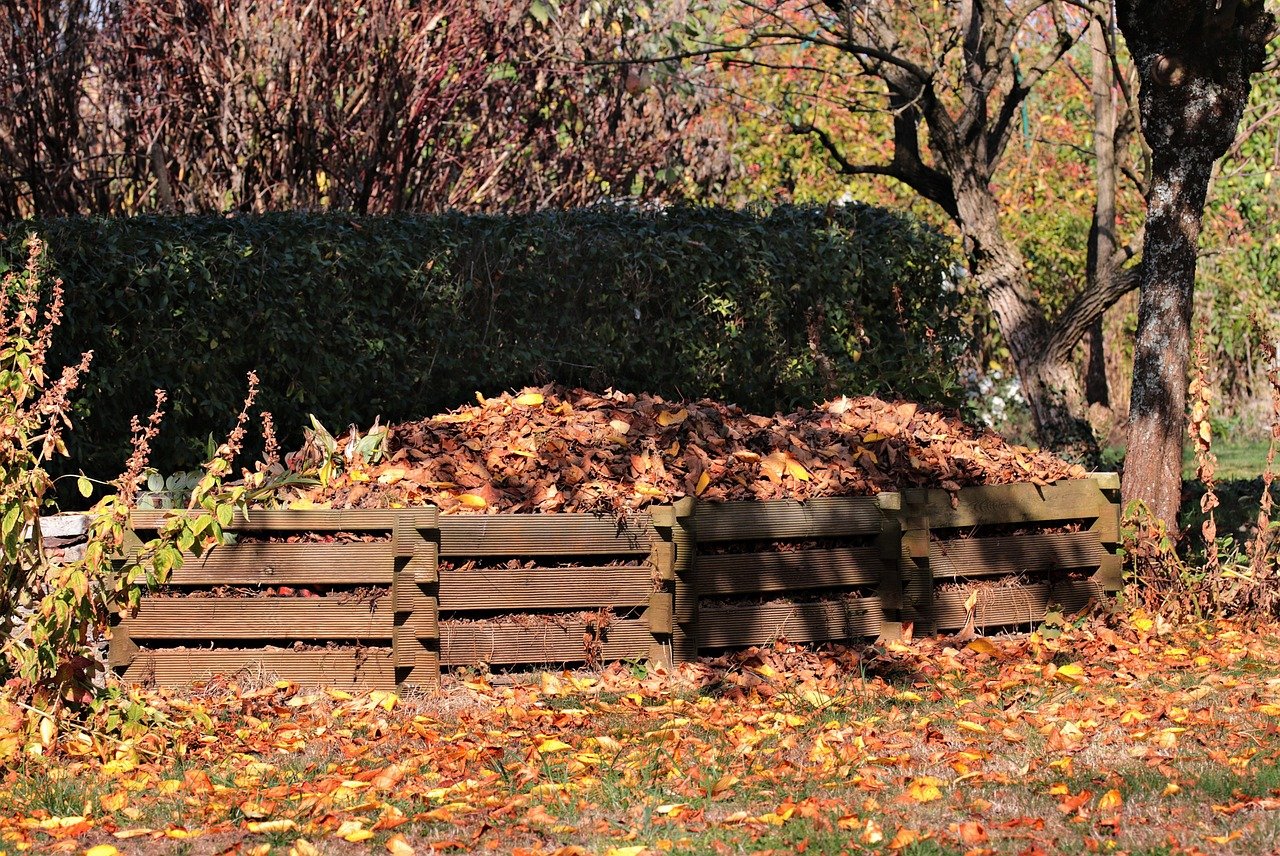
Plants that repel garden pests
Introduction to Pest-Repelling Plants
Overview of the Concept of Using Plants to Naturally Deter Garden Pests
Picture this: a lush garden teeming with life, vibrant colors dancing in harmony under the sun’s gentle embrace. Now imagine this paradise under siege by pesky invaders—aphids, beetles, and slugs wreaking havoc on your plants’ delicate leaves. Enter nature’s silent guardians: pest-repelling plants.
These green superheroes emit fragrances, chemicals, and even textures that repel unwanted visitors, acting as a natural line of defense for your beloved garden. By harnessing the power of these botanical protectors, you can create a sustainable ecosystem where harmony reigns and pests retreat.
Benefits of Incorporating Pest-Repelling Plants in Your Garden
The advantages of weaving pest-repelling plants into your garden tapestry are as abundant as the petals on a blooming rose. Firstly, these botanical warriors offer an eco-friendly alternative to chemical pesticides, safeguarding not only your plants but also the delicate balance of nature.
By embracing these natural pest deterrents, you invite beneficial insects like ladybugs and lacewings to call your garden home—creating a harmonious cycle of predator and prey that keeps pests in check. Moreover, the aromatic presence of these plants adds a sensory delight to your outdoor oasis, turning every stroll through your garden into an invigorating experience for both body and soul.
Common Pest-Repelling Plants

Marigolds: Aromatic Guardians of the Garden
Marigolds, with their vibrant hues and distinctive scent, serve as natural protectors against a variety of pesky garden invaders. Their strong aroma acts as a potent deterrent to aphids, mosquitoes, and other insects that might wreak havoc on your plants. Planting marigolds strategically around your garden not only adds a pop of color but also forms a fragrant barrier that keeps unwanted pests at bay.
Lavender: Delicate Beauty with Powerful Protection
Lavender, known for its soothing fragrance and delicate purple blooms, is not just a treat for the senses but also a formidable defender against garden pests. This versatile plant repels moths, fleas, flies, and mosquitoes with its aromatic oils.
Interestingly, while lavender works wonders in deterring pests, it also attracts beneficial pollinators like bees and butterflies to your garden. A true multitasker in the world of pest control!
Mint: The Mighty Defender in Greenery
Mint, with its refreshing scent and rapid growth habits, is not just a culinary delight but also a powerful ally in warding off unwanted visitors in your garden. This fragrant herb is highly effective against ants that may disrupt the harmony of your green space.
Additionally, mint’s strong aroma acts as a natural repellent for rodents seeking to nibble on your plants and cabbage moths looking for their next meal. Introducing mint into your garden not only adds flavor to dishes but also helps maintain peace among your plant companions.
Discovering the Hidden Gems

The Mighty Tansy
Tansy, with its vibrant yellow flowers and strong aromatic leaves, is a powerhouse when it comes to deterring unwanted garden pests. This herbaceous perennial plant is known for its ability to repel beetles, ants, and flies with ease.
Just a few strategically placed tansy plants can create a natural barrier against these pesky invaders. Its potent aroma not only keeps the pests at bay but also adds a touch of beauty to your garden with its cheerful blooms.
The Magic of Catnip
Catnip, beloved by felines but feared by mosquitoes, cockroaches, and ants alike. This member of the mint family contains nepetalactone, a compound that acts as a powerful repellent against these common nuisances.
Simply planting catnip in your garden can work wonders in keeping these insects away. So next time you see your cat going wild over catnip, remember that it’s not just a treat for them but also for your garden’s pest control needs.
The Potent Chrysanthemums
Chrysanthemums are not just pretty flowers; they pack a punch when it comes to combating garden pests. These colorful blooms contain pyrethrin, a natural insecticide that targets various pests such as aphids, spider mites, and other harmful insects without harming beneficial ones like bees or ladybugs.
By incorporating chrysanthemums into your garden landscape, you’re not only adding visual appeal but also providing a safe and effective pest control solution that Mother Nature would approve of. Incorporating these lesser-known pest-repelling plants into your garden can enhance its natural defenses against common pests while adding beauty and diversity to your outdoor space.
Companion Planting Strategies for Pest Control

Interplanting for Enhanced Protection
When it comes to keeping those pesky garden pests at bay, interplanting is a smart and effective strategy. By mixing pest-repelling plants like marigolds or mint among your vegetables, you create a natural barrier that deters unwanted insects.
For example, planting marigolds near tomatoes can help ward off aphids and whiteflies that are common pests of tomato plants. The strong scent of these companion plants confuses and repels the insects, providing an extra layer of defense for your precious veggies.
Masking Scents with Aromatic Herbs
Another clever trick in the garden pest control arsenal is using aromatic herbs like basil and rosemary to mask the scent of more susceptible plants. Pests often locate their favorite snacks by following the scent trails left behind by the plants they feed on. By strategically placing fragrant herbs throughout your garden, you can help disguise the delicious aroma of your fruits and vegetables.
Basil’s strong aroma can confuse pests looking for tomatoes or peppers, while rosemary’s pungent fragrance can deter cabbage moths from laying eggs on your brassicas. Incorporating these companion planting strategies not only adds variety and beauty to your garden but also creates a harmonious ecosystem where beneficial insects thrive alongside pest-repelling plants, leading to a healthier and more balanced growing environment.
Enhancing Pest Control with Diversity in Your Garden
One effective way to naturally manage garden pests is by creating a diverse ecosystem within your garden. By incorporating a variety of plants that attract beneficial insects, such as ladybugs, lacewings, and parasitic wasps, you can encourage these natural predators to help control pest populations.
Beneficial insects are essential allies in the fight against common garden pests like aphids, caterpillars, and mites. They act as a natural form of pest control by preying on these harmful insects, reducing the need for chemical interventions.
Seasonal Rotation: Outsmarting Pests with Variety
To prevent pests from adapting to the presence of specific pest-repelling plants in your garden, it’s essential to rotate these plants seasonally. Pests can become resistant or immune to certain plant compounds over time if they are constantly exposed to them.
By changing up the types of pest-repelling plants you use each season, you keep pests on their toes and make it harder for them to establish a strong presence in your garden. This strategy not only helps maintain the effectiveness of pest control but also adds an element of surprise that keeps pests guessing.
Maintenance Tips for Pest-Repelling Plants

Regularly Pruning and Harvesting
When it comes to keeping your pest-repelling plants in tip-top shape, regular pruning and harvesting are key. By trimming back overgrown branches and dead leaves, you not only promote new growth but also release the plant’s natural scents that repel pests.
For herbs like mint and lavender, a light pruning every couple of weeks is usually sufficient to keep them healthy and fragrant. Remember to use sharp, clean tools to avoid damaging the plants.
Watering and Fertilizing Appropriately
Just like any other plant in your garden, pest-repelling plants require proper watering and fertilizing to thrive. The key is finding the right balance – too much water can lead to root rot, while too little can cause wilting. Make sure to water your plants deeply but infrequently, allowing the soil to dry out slightly between waterings.
Additionally, consider using a balanced fertilizer or compost to nourish the plants without overstimulating growth that may attract unwanted pests. Always follow the specific care instructions for each type of pest-repelling plant you have in your garden.
Maintaining your pest-repelling plants through regular pruning, harvesting, appropriate watering, and fertilization will not only keep them healthy but also ensure their effectiveness in warding off garden pests naturally. By incorporating these simple maintenance tips into your gardening routine, you can enjoy a beautiful and pest-free garden that thrives with the power of nature’s own defenses.
Conclusion
Embracing the Natural Pest Control Solution
Incorporating pest-repelling plants in your garden is not only a sustainable and eco-friendly approach but also a highly effective method to keep pesky insects at bay. By harnessing the power of nature’s own defenses, you are creating a harmonious balance in your garden that promotes biodiversity and reduces the need for harmful chemical pesticides.
A Greener, Healthier Garden
By opting for pest-repelling plants, you are not only safeguarding your garden from destructive pests but also promoting the overall health and well-being of your plants. These natural protectors enhance the resilience of your garden ecosystem, leading to thriving plant life and beautiful blooms that are free from harm caused by insects.
Empowering Your Garden and Yourself
Incorporating pest-repelling plants is a proactive step towards taking control of your garden’s health and vitality. Not only do these plants serve as guardians against pests, but they also provide aesthetic beauty, delightful scents, and potential culinary uses.
By embracing this natural approach to pest control, you are empowering yourself as a gardener to work in harmony with nature’s wisdom. This holistic approach not only nurtures your garden but also fosters a sense of connection with the earth and its bountiful resources.
As you witness the flourishing diversity within your green sanctuary, may you take pride in knowing that you have chosen a path that benefits both your surroundings and future generations. Let this journey into the world of pest-repelling plants be a joyful exploration filled with growth, abundance, and harmony.




